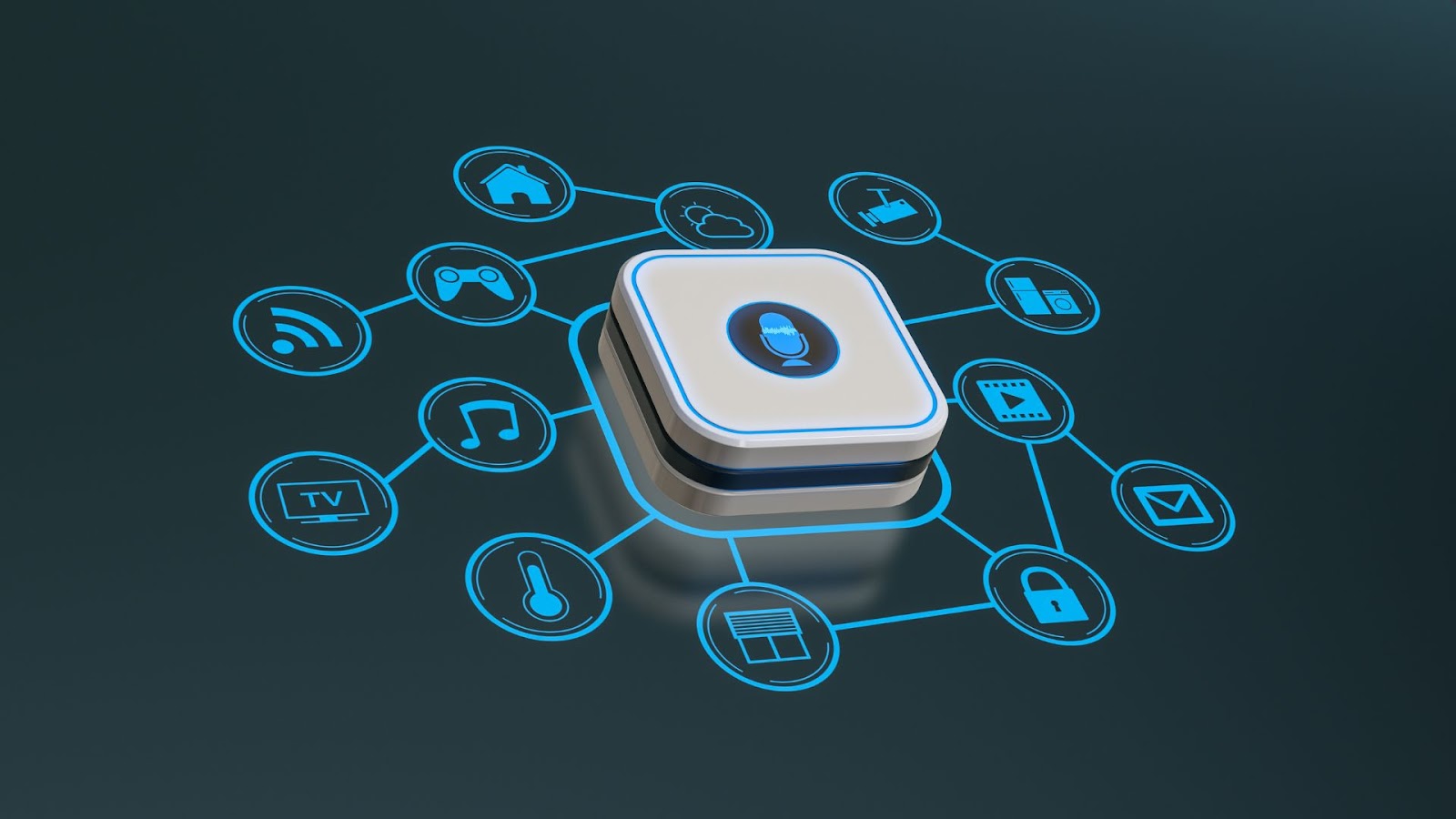The Subtle Ways Tech Influences Habits and Preferences
Updated on
Published on

Technology doesn’t always shout when it changes the way we live—it often works quietly in the background. Little by little, the tools and devices we use shape how we plan our mornings, choose how we travel, and even decide what we listen to on the way home. Technology has a way of weaving itself into daily routines without us even noticing.
From the rise of e-bikes to smart home gadgets that take care of daily tasks, tech is influencing habits in ways that feel effortless. What used to be decisions we made on our own have now become smooth, automatic choices guided by the devices and apps around us.
Many of these shifts feel subtle at first but eventually redefine our preferences and choices altogether. This growing influence highlights how much technology has become a quiet companion in shaping habits and making everyday life more efficient and tailored to individual needs.
Let’s go over some examples of this below:

Convenience of E-Bikes
E-bikes are quickly becoming a favorite for people looking to combine eco-friendly travel with convenience. They make it effortless to cover short distances, replace car trips for errands, and even add a little adventure to daily commutes. The electric boost allows riders to tackle hills and longer routes without breaking a sweat, making biking accessible for more people than ever before.
Brands like Heybike are making this shift even more appealing with their range of e-bikes designed for different types of riders. With tech features often built in, e-bikes feel less like a simple mode of transportation and more like a lifestyle upgrade that fits seamlessly into busy routines.
Smart Home Routines
Smart home devices are transforming how people organize their day-to-day lives. From scheduling coffee makers to start brewing in the morning to setting lights to dim in the evening, automation has introduced a new level of convenience. These routines free up mental space by handling small tasks that once required constant attention.
Voice assistants, smart plugs, and connected thermostats all work together to create a flow that supports daily rhythms. Instead of thinking about turning off lights or adjusting temperatures, homeowners can focus on what matters most while their homes adapt around them.
Navigation Apps
GPS apps have changed how people plan even the shortest trips. Instead of sticking to familiar routes, users now rely on real-time traffic updates and suggestions for faster, safer travel. For those who prefer to bike, many apps even offer dedicated cycling paths to make commutes more enjoyable and less stressful.
E-bike riders especially benefit from these tools, as they can find routes that avoid steep inclines or busy streets. The combination of e-bike technology and navigation apps encourages more people to leave their cars behind and explore alternative ways of getting around town.
AI-Generated Playlists
Music streaming platforms use AI to analyze listening habits and create playlists that suit specific moods or activities. Whether commuting to work, going for a jog, or relaxing after a long day, people often find themselves relying on these playlists instead of curating their own.
This subtle shift influences how individuals experience their day, with music designed to match their energy levels or calm them down during stressful moments. Over time, it changes preferences by introducing new genres and artists they might not have discovered otherwise.
Smart Lighting
Lighting is no longer restricted to flipping a switch. Adaptive smart bulbs allow people to adjust brightness and color tones throughout the day, creating environments that support relaxation, focus, or entertainment. For many, this has replaced the need to think about turning lights on and off, as systems can be programmed to follow natural daylight patterns.
Changes like this influence how spaces are used. Softer tones in the evening encourage winding down, while brighter lights in the morning help set an active tone for the day. Over time, smart lighting becomes part of a routine that supports energy levels and comfort.
Temperature Preferences
People are now adjusting room temperatures more frequently thanks to smart thermostats and zoning systems. Instead of relying on a single setting for the entire house, they can fine-tune temperatures for specific rooms or times of day. In turn, this creates a more comfortable environment while cutting down on energy use.
The ability to schedule heating and cooling patterns subtly shifts habits. For example, families might start cooling bedrooms earlier in the evening for better sleep or heating bathrooms in the morning for added comfort.
Voice Assistants Shaping Daily Decisions
Voice assistants like Alexa, Siri, and Google Assistant are influencing how people manage their time and routines. From asking for weather updates before leaving the house to setting cooking timers and reminders, they’ve become a quiet part of decision-making throughout the day.
Over time, people start relying on voice commands for quick answers and task management. This subtle shift saves time and changes how we interact with devices.

Digital Wallets
Carrying cash or even physical credit cards is becoming less common as digital wallets grow in popularity. Contactless payments, mobile banking, and app-based transactions have changed how people shop and manage money. Convenience and security are two major reasons for this shift, but it’s also shaping spending behaviors.
With purchase histories and balance alerts just a tap away, many users are more aware of their finances in real time. Digital wallets also support loyalty programs and instant refunds, influencing where and how people choose to shop.
Biometric Security
Face recognition, fingerprint scanning, and voice authentication are quietly changing how people think about security. Unlocking phones, authorizing payments, and accessing personal accounts now often require a glance or a touch instead of passwords.
This ease of access encourages stronger security habits because people no longer have to memorize complex logins. As biometric tools become standard, they shape expectations for fast, seamless access across all devices and platforms.
Technology doesn’t always change habits overnight. Instead, it works in subtle ways, influencing how people travel, relax, shop, and even secure their devices. Such small shifts eventually build new routines that feel effortless and natural. Today, tech continues to reshape daily life in ways that are easy to follow but hard to imagine living without.







